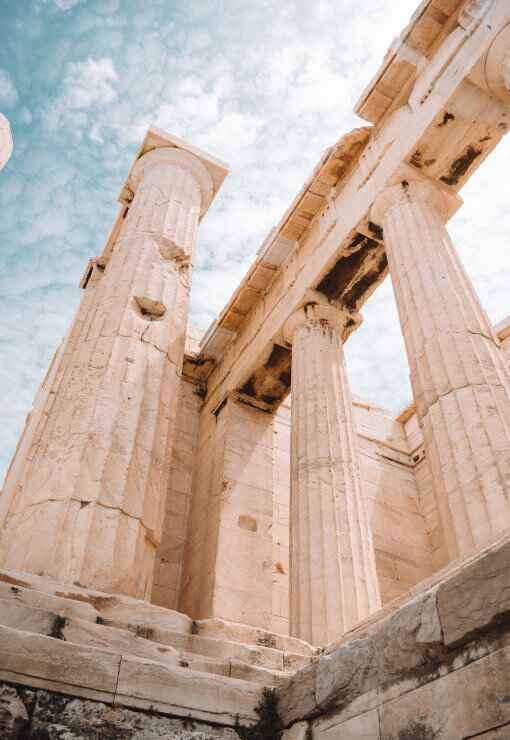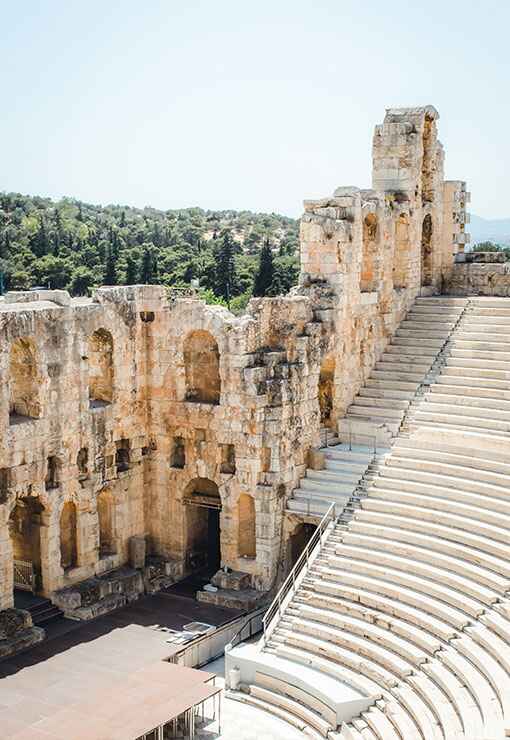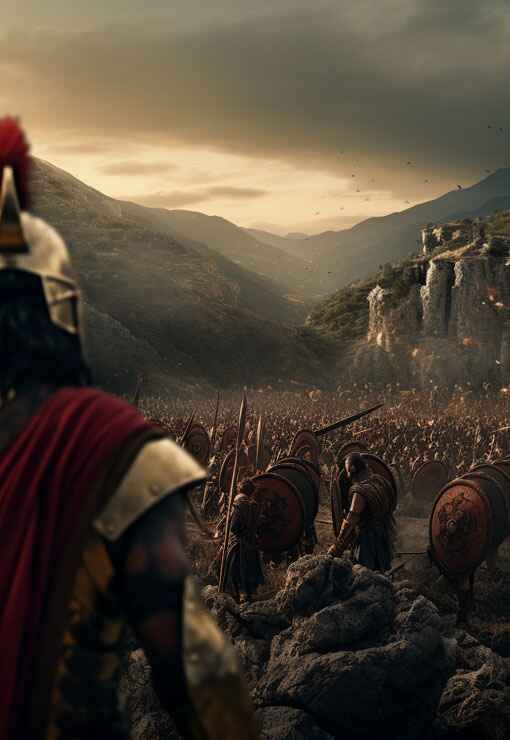

Ancient Greek vase painting is a significant aspect of Greek art, reflecting both the aesthetic values and the daily lives of the people. These vases served not only as utilitarian objects but also as canvases for intricate storytelling and mythological scenes.
Functions: Greek vases were used for various purposes, ranging from storage and transport of goods to ceremonial uses. Amphorae were used for storing wine and oil, while kraters were used for mixing wine and water during symposia. Hydriae were designed for carrying water, and lekythoi were often used for storing perfumed oil, especially in funerary contexts.
Materials and Techniques: Greek vases were typically made from terracotta, a type of clay. The process involved several stages: shaping the clay on a potter's wheel, drying, and then painting before firing in a kiln. The two primary painting techniques were black-figure and red-figure. In the black-figure technique, figures were painted in black slip on the natural red clay, with details incised into the surface. The red-figure technique reversed this process, with the background filled in black slip, leaving the figures in the red color of the clay, allowing for greater detail and realism.
Iconography: The imagery on Greek vases often depicted scenes from mythology, daily life, athletics, and warfare. Gods and heroes were common subjects, as were scenes of banquets, processions, and rituals. These images provide valuable insights into Greek beliefs, practices, and social structures.
Artists and Workshops: Vase painting was a specialized craft, often carried out in family-run workshops. Some artists, such as Exekias and the Berlin Painter, are known by name and are celebrated for their skill and innovation. Workshops were typically located in major centers like Athens and Corinth, and their wares were traded extensively throughout the Mediterranean.
Social and Cultural Significance: Vases were integral to Greek social and religious life. They played a role in various ceremonies, including weddings, funerals, and religious rituals. The scenes depicted on the vases often reinforced societal values, such as heroism, piety, and civic duty, and they served as a means of education and cultural transmission.
Legacy and Influence: Ancient Greek vase painting had a lasting influence on later art and archaeology. The styles and techniques developed by Greek potters were emulated by other cultures. Today, these vases are invaluable to historians and archaeologists, offering a window into the ancient world and providing a wealth of information about Greek art, culture, and everyday life.

Did you know that the red-figure technique allowed Greek artists to achieve greater detail and realism in their vase paintings? This method gave them more control over the depiction of human anatomy and intricate details compared to the earlier black-figure technique.
Ancient Greek art and architecture, with its harmonious proportions and timeless elegance, continue to inspire awe and admiration millennia later.
Discover
Greek mythology, a rich tapestry of gods, heroes, and mythical creatures, captivates the imagination with its tales of love, betrayal, and epic adventures that delve into the depths of the human psyche.
Discover
Ancient Greek history, marked by remarkable achievements in democracy, philosophy, and warfare, shaped the foundation of Western civilization, leaving an indelible legacy of innovation and cultural influence that continues to resonate to this day.
Discover
The ancient Greek Olympics, held in Olympia every four years, celebrated athleticism, unity, and cultural pride, serving as a testament to the enduring spirit of competition and excellence that transcends time and borders.
Discover
Ancient Greek wars, such as the Persian Wars and the Peloponnesian War, were pivotal conflicts that shaped the course of history, highlighting the struggle for power, independence, and the clash of civilizations in the ancient Mediterranean world.
Discover
Ancient Greek culture and society, characterized by its emphasis on art, philosophy, and civic engagement, fostered a vibrant intellectual and social landscape where innovation flourished, democracy thrived, and the pursuit of knowledge and excellence was celebrated as fundamental values of civilized life.
Discover
Find out more about ancientgreece.com